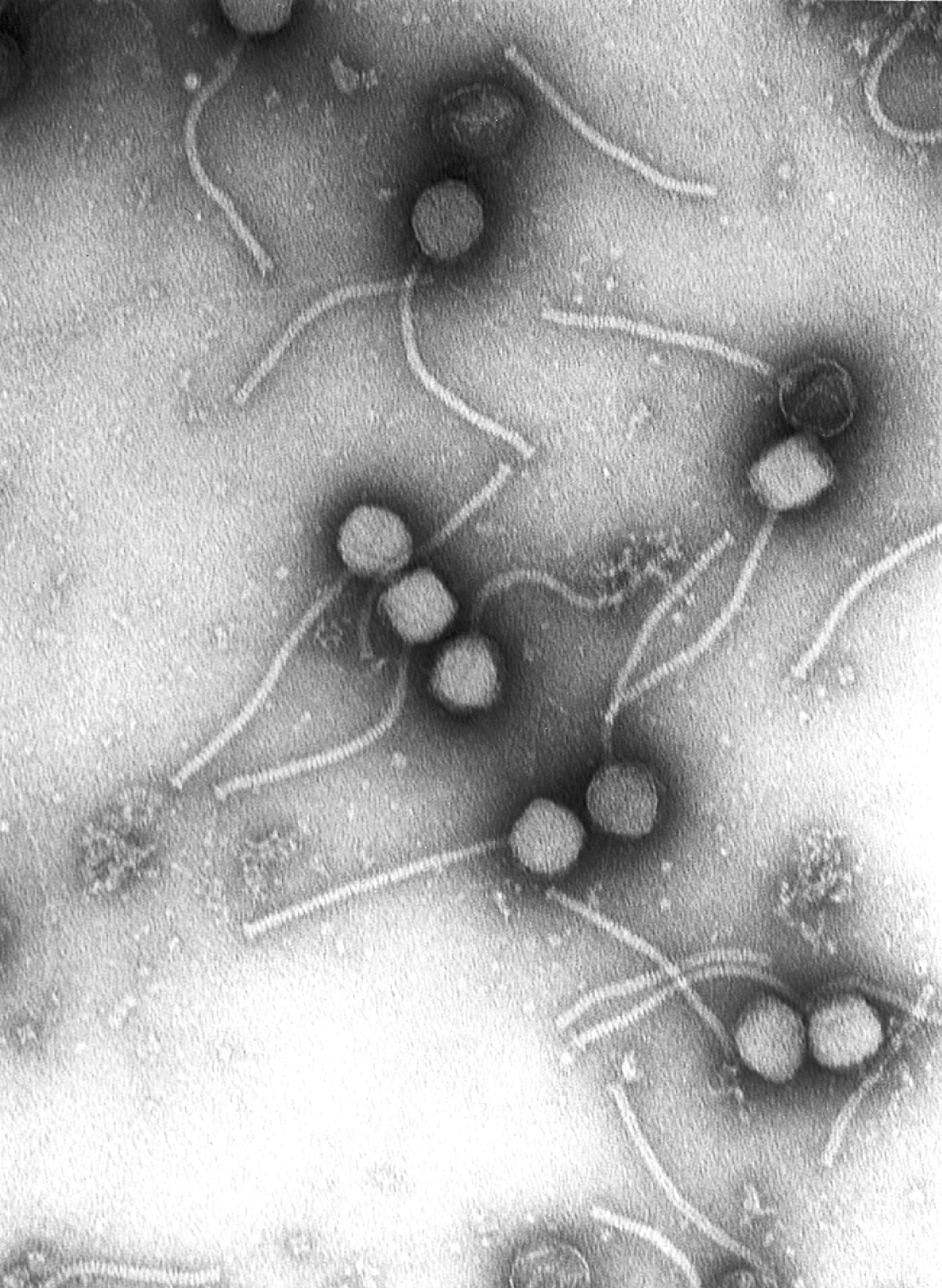|
Vital Brazil
Vital Brazil Mineiro da Campanha, known as Vital Brazil (April 28, 1865 – May 8, 1950), was a Brazilian physician, biomedical scientist and immunologist, known for the discovery of the polyvalent anti-ophidic serum used to treat bites of venomous snakes of the ''Crotalus'', ''Bothrops'' and '' Elaps'' genera. He went on to be also the first to develop anti-scorpion and anti-spider serums. He was the founder of the Butantan Institute, a research center located in São Paulo, which was the first in the world dedicated exclusively to basic and applied toxicology, the science of venomous animals. Life Vital Brazil Mineiro da Campanha was born on April 28, 1865, in the town of Campanha, in the state of Minas Gerais, Southeastern of the Empire of Brazil. His father gave him this curious name in homage to the country, the state and the city where he was born, as well as from the date, St. Vital’s Day. He graduated from the Rio de Janeiro School of Medicine in 1891, working as a ... [...More Info...] [...Related Items...] OR: [Wikipedia] [Google] [Baidu] |
Campanha
Campanha is a town ''(município)'' in the Brazilian state of Minas Gerais. In 2020 its population was estimated at 16,762 inhabitants. The town is the seat of the Roman Catholic Diocese of Campanha. See also * List of municipalities in Minas Gerais This is a list of the municipalities in the States of Brazil, state of Minas Gerais, Minas Gerais (MG), located in the Southeast Region, Brazil, Southeast Region of Brazil. Minas Gerais is divided into 853 Municipalities of Brazil, municipalities, ... References Municipalities in Minas Gerais {{MinasGerais-geo-stub ... [...More Info...] [...Related Items...] OR: [Wikipedia] [Google] [Baidu] |
Toxicology
Toxicology is a scientific discipline, overlapping with biology, chemistry, pharmacology, and medicine, that involves the study of the adverse effects of chemical substances on living organisms and the practice of diagnosing and treating exposures to toxins and toxicants. The relationship between dose and its effects on the exposed organism is of high significance in toxicology. Factors that influence chemical toxicity include the dosage, duration of exposure (whether it is acute or chronic), route of exposure, species, age, sex, and environment. Toxicologists are experts on poisons and poisoning. There is a movement for evidence-based toxicology as part of the larger movement towards evidence-based practices. Toxicology is currently contributing to the field of cancer research, since some toxins can be used as drugs for killing tumor cells. One prime example of this is ribosome-inactivating proteins, tested in the treatment of leukemia. The word ''toxicology'' () ... [...More Info...] [...Related Items...] OR: [Wikipedia] [Google] [Baidu] |
Virology
Virology is the Scientific method, scientific study of biological viruses. It is a subfield of microbiology that focuses on their detection, structure, classification and evolution, their methods of infection and exploitation of host (biology), host cell (biology), cells for reproduction, their interaction with host organism physiology and immunity, the diseases they cause, the techniques to isolate and culture them, and their use in research and therapy. The identification of the causative agent of tobacco mosaic disease (TMV) as a novel pathogen by Martinus Beijerinck (1898) is now acknowledged as being the history of virology, official beginning of the field of virology as a discipline distinct from bacteriology. He realized the source was neither a bacterial nor a fungal infection, but something completely different. Beijerinck used the word "virus" to describe the mysterious agent in his 'contagium vivum fluidum' ('contagious living fluid'). Rosalind Franklin proposed the ... [...More Info...] [...Related Items...] OR: [Wikipedia] [Google] [Baidu] |
Bacteriology
Bacteriology is the branch and specialty of biology that studies the Morphology (biology), morphology, ecology, genetics and biochemistry of bacteria as well as many other aspects related to them. This subdivision of microbiology involves the identification, classification, and characterization of bacterial species. Because of the similarity of thinking and working with microorganisms other than bacteria, such as protozoa, fungi, and non-microorganism viruses, there has been a tendency for the field of bacteriology to extend as microbiology. The terms were formerly often used interchangeably. However, bacteriology can be classified as a distinct science. Overview Definition Bacteriology is the study of bacteria and their relation to medicine. Bacteriology evolved from physicians needing to apply the Germ theory of disease, germ theory to address the concerns relating to disease spreading in hospitals the 19th century. Identification and characterizing of bacteria being associ ... [...More Info...] [...Related Items...] OR: [Wikipedia] [Google] [Baidu] |
Medical Research
Medical research (or biomedical research), also known as health research, refers to the process of using scientific methods with the aim to produce knowledge about human diseases, the prevention and treatment of illness, and the promotion of health. Medical research encompasses a wide array of research, extending from " basic research" (also called ''bench science'' or ''bench research''), – involving fundamental scientific principles that may apply to a ''preclinical'' understanding – to clinical research, which involves studies of people who may be subjects in clinical trials. Within this spectrum is applied research, or translational research, conducted to expand knowledge in the field of medicine. Both clinical and preclinical research phases exist in the pharmaceutical industry's drug development pipelines, where the clinical phase is denoted by the term ''clinical trial''. However, only part of the clinical or preclinical research is oriented towards a specif ... [...More Info...] [...Related Items...] OR: [Wikipedia] [Google] [Baidu] |
Botucatu
Botucatu is a city in the southeastern region of Brazil and is located from São Paulo, the capital of the state of São Paulo. It has an estimated population of 148,130 (as of 2020) in an area of . It lies on the top of a plateau ( high). Botucatu became a village in 1855, and a city in 1876. The region has humid-subtropical weather, with dry, cold winters and hot, wet summers. During winter the temperature rarely falls below . During most of the year, mainly at night, a breeze blowing over São Paulo plateau, from which Botucatu elevates about , cools the city and surroundings; this cold everyday wind from the high plateaus is where the city got its name from. Botucatu's biggest employer is UNESP, one of the three São Paulo state universities, one of the top universities in all of Latin America and part of several World Top Universities list, making the city an important center for medical research and education. In particular, the city has two campuses, one centered on biome ... [...More Info...] [...Related Items...] OR: [Wikipedia] [Google] [Baidu] |
Cholera
Cholera () is an infection of the small intestine by some Strain (biology), strains of the Bacteria, bacterium ''Vibrio cholerae''. Symptoms may range from none, to mild, to severe. The classic symptom is large amounts of watery diarrhea lasting a few days. Vomiting and muscle cramps may also occur. Diarrhea can be so severe that it leads within hours to severe dehydration and electrolyte imbalance. This can in turn result in Enophthalmia, sunken eyes, cold or cyanotic skin, decreased skin elasticity, wrinkling of the hands and feet, and, in severe cases, death. Symptoms start two hours to five days after exposure. Cholera is caused by a number of Serotype, types of ''Vibrio cholerae'', with some types producing more severe disease than others. It is spread mostly by Waterborne diseases, unsafe water and Foodborne illness, unsafe food that has been contaminated with human feces containing the bacteria. Undercooked shellfish is a common source. Humans are the only known host fo ... [...More Info...] [...Related Items...] OR: [Wikipedia] [Google] [Baidu] |
Typhoid Fever
Typhoid fever, also known simply as typhoid, is a disease caused by '' Salmonella enterica'' serotype Typhi bacteria, also called ''Salmonella'' Typhi. Symptoms vary from mild to severe, and usually begin six to 30 days after exposure. Often there is a gradual onset of a high fever over several days. This is commonly accompanied by weakness, abdominal pain, constipation, headaches, and mild vomiting. Some people develop a skin rash with rose colored spots. In severe cases, people may experience confusion. Without treatment, symptoms may last weeks or months. Diarrhea may be severe, but is uncommon. Other people may carry it without being affected, but are still contagious. Typhoid fever is a type of enteric fever, along with paratyphoid fever. ''Salmonella enterica'' Typhi is believed to infect and replicate only within humans. Typhoid is caused by the bacterium ''Salmonella enterica'' subsp. ''enterica'' serovar Typhi growing in the intestines, Peyer's patches, mesen ... [...More Info...] [...Related Items...] OR: [Wikipedia] [Google] [Baidu] |
Smallpox
Smallpox was an infectious disease caused by Variola virus (often called Smallpox virus), which belongs to the genus '' Orthopoxvirus''. The last naturally occurring case was diagnosed in October 1977, and the World Health Organization (WHO) certified the global eradication of the disease in 1980, making smallpox the only human disease to have been eradicated to date. The initial symptoms of the disease included fever and vomiting. This was followed by formation of ulcers in the mouth and a skin rash. Over a number of days, the skin rash turned into the characteristic fluid-filled blisters with a dent in the center. The bumps then scabbed over and fell off, leaving scars. The disease was transmitted from one person to another primarily through prolonged face-to-face contact with an infected person or rarely via contaminated objects. Prevention was achieved mainly through the smallpox vaccine. Once the disease had developed, certain antiviral medications could poten ... [...More Info...] [...Related Items...] OR: [Wikipedia] [Google] [Baidu] |
Epidemic
An epidemic (from Greek ἐπί ''epi'' "upon or above" and δῆμος ''demos'' "people") is the rapid spread of disease to a large number of hosts in a given population within a short period of time. For example, in meningococcal infections, an attack rate in excess of 15 cases per 100,000 people for two consecutive weeks is considered an epidemic. Epidemics of infectious disease are generally caused by several factors including a change in the ecology of the host population (e.g., increased stress or increase in the density of a vector species), a genetic change in the pathogen reservoir or the introduction of an emerging pathogen to a host population (by movement of pathogen or host). Generally, an epidemic occurs when host immunity to either an established pathogen or newly emerging novel pathogen is suddenly reduced below that found in the endemic equilibrium and the transmission threshold is exceeded. An epidemic may be restricted to one location; however, if it sp ... [...More Info...] [...Related Items...] OR: [Wikipedia] [Google] [Baidu] |







